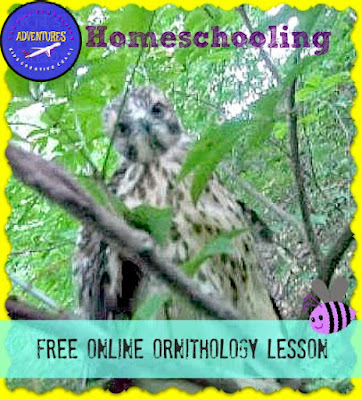Pizza Plant and Animal Cell Lesson Plan
Plant and Animal Cell Lesson: Got a homeschooler Studying Biology? Hungry? Here's a fun way to learn the parts of a cell and prep lunch at the same time. Make a PLANT CELL PIZZA project. This can also be used as classroom or science fair or 4H project. We've included links to companion worksheets and learning packs. Enjoy!
Post contains affiliate links.
 |
| Animal and Plant Cell Lesson Plan and Pizza Project. |
Companion Lesson Activity: Label Plant Cell Worksheet
Encouraging Moms at Home offers a great FREE Plant and Animal Cell Printable learning pack with great worksheets that include a Venn diagram and awesome charts. After clicking the link above, scroll to the bottom of their page for your free plant and animal pack download. (Recommended for 4-6 grade, but we think older kids can benefit from it too.)
Learn about Animal Cells vs. Plant Cells
How to Make a PLANT and ANIMAL CELL Pizza
The museum's program made a pizza and used different ingredients to represent the parts of the cell. We decided to make one pizza to represent an animal cell and another pizza to represent a plant cell. You can use any ingredients you choose as long as you decide ahead of time what ingredient is what cell part.
Don't like those options for your pizza toppings? That's okay, just remove the yucky ones before eating!
Don't know what the parts of a cell represent? Get details here: What are the parts of a cell? You can also scroll down and learn about them in our ingredient list.
You can use the following items to represent the parts of a cell.
Cytoplasm: Use sauce for your cytoplasm.
Nucleus: Large and round, use a slice of tomato, avocado, or salami.
Ribosomes: Small and colorful, use riced broccoli, diced green onions, bacon bits, or shredded carrots. Sprinkle around the cell.
Nucleus: Large and round, use a slice of tomato, avocado, or salami.
Ribosomes: Small and colorful, use riced broccoli, diced green onions, bacon bits, or shredded carrots. Sprinkle around the cell.
Mitochondria: Black, italian sausage ground beef, olive slices, black beans
Golgi Bodies: Use red or green peppers, pineapple, or carrot swirls.
Endoplasmic Reticulum: Use sliced of mushrooms or peppers.
Vacuole: Can be anything or nothing! Push a whole in your dough.
Chloroplasts: Only for plant cells. Use anything green: green peppers, green olives, or green onions.
Membrane and Cell Wall: Form a wall with sea salt, herbs, (basil or oregano) or cheese.
Golgi Bodies: Use red or green peppers, pineapple, or carrot swirls.
Endoplasmic Reticulum: Use sliced of mushrooms or peppers.
Vacuole: Can be anything or nothing! Push a whole in your dough.
Chloroplasts: Only for plant cells. Use anything green: green peppers, green olives, or green onions.
Membrane and Cell Wall: Form a wall with sea salt, herbs, (basil or oregano) or cheese.
We used the following:
- 2 premade pizza crusts - Boboli
works great!
- Pizza sauce
- cytoplasm. The jelly-like substance that suspends the cell organelles
- Mozzarella cheese - cell membrane. The membrane that surrounds the cell and controls what substances enter and leave the cell.
- Cheddar cheese - cell wall. A rigid structure on the outside of plant cells.
- Tomato slice - nucleus. The part of the cell containing the DNA.
- Italian Seasoning - ribosomes. Organelles responsible for protein manufacture.
- Mushrooms - mitochondria. Organelles responsible for converting nutrients to energy (respiration).
- Sliced red pepper - golgi body. Organelle which stores, modifies, and transports proteins and lipids.
- Pepperoni - endoplasmic reticuli. Organelles which perform several tasks within the cell. Rough ER and dotted with ribosomes, while smooth ER are not.
- Ham - vacuoles. Fluid-filled cavity within the cell serving a variety of purposes. The central vacuole of a plant cell maintains its pressure and keeps it rigid.
- Sausage - lysosomes. Organelles found in animal cells that break down nutrients into smaller pieces (digestion).
- Black olives - leucoplasts. Plant cell organelles that store starches and oils.
- Green olives - chloroplasts. Plant cell organelles that contain pigments for photosynthesis.
- Celery - centriole. Animal cell organelles that aid in cell mitosis.
Bake on pizza pan
Vegetarian? Make your plant cell vegetarian.
Squash slices could replace pepperoni.
Onion slices could replace sausage.
Squash slices could replace pepperoni.
Onion slices could replace sausage.
Want to get Creative?
Use kitchen shears
Have younger family members? Grab some white paper
Watch the process of making animal and plant cell pizzas on YouTube.
Recommended:
More online Science Lesson Plans
Learn about Stalactites and Stalagmites
Pin it!














































